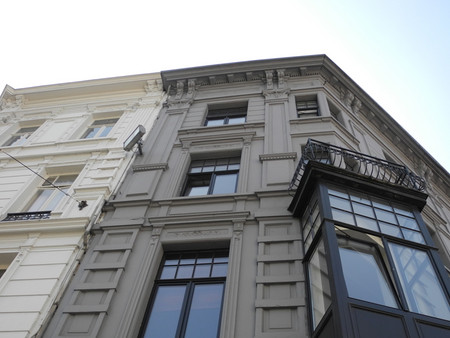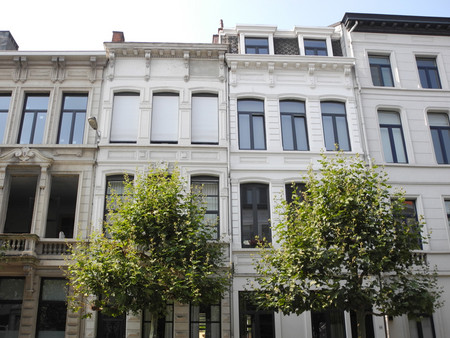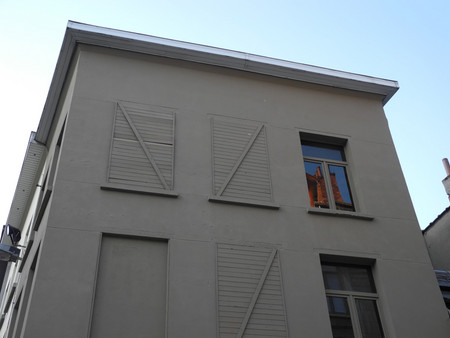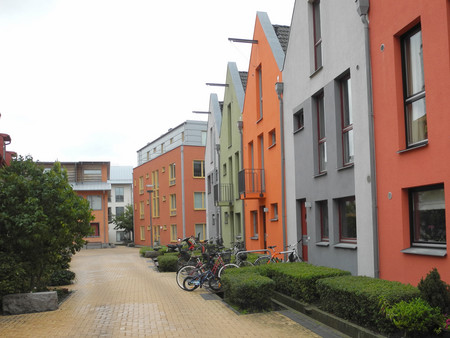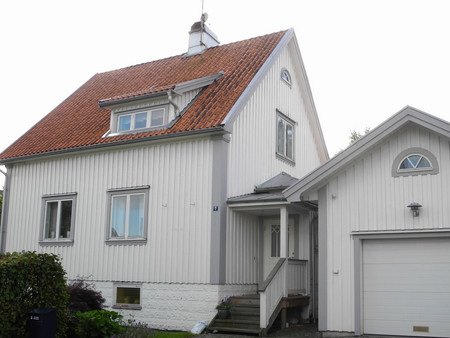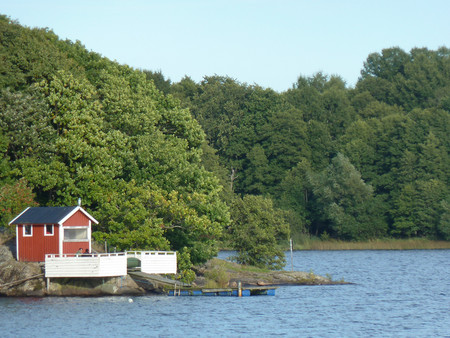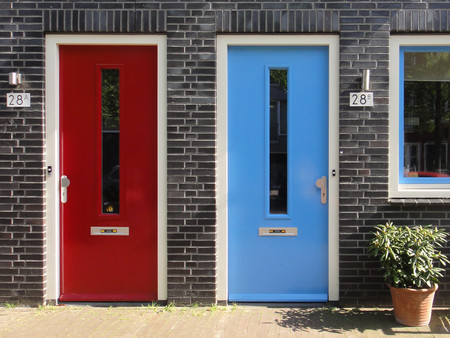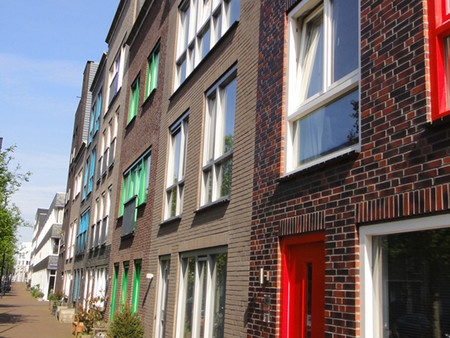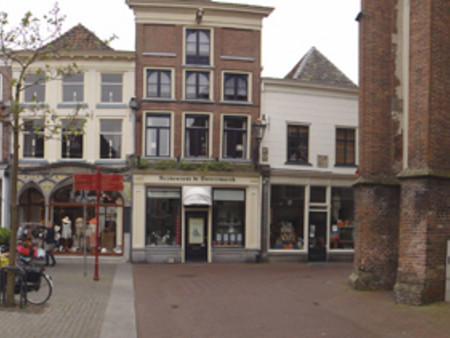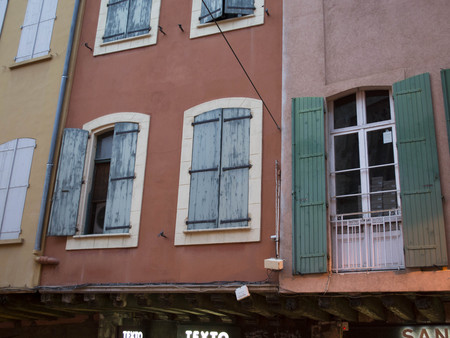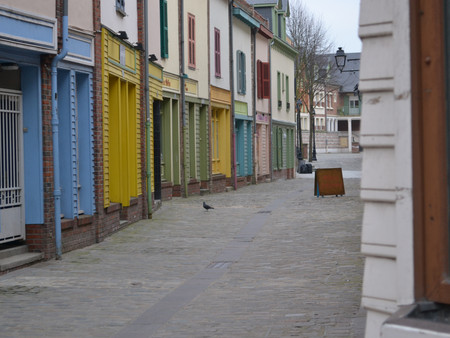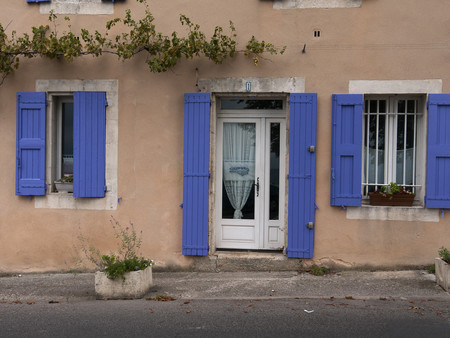Colour Research Vol.1
Colour Shades in National Comparison
The Colour DNA of Sweden, Belgium, France, and the Netherlands

Have you ever wondered if all houses in Sweden are red? Or whether all shutters in the Netherlands are painted in Oranje (orange)? Are all rooms in Belgium painted in dark hues? Which are the typical colours of these countries? We have analysed this: let's take a closer look at the colour DNA of Sweden, Belgium, France, and the Netherlands.
BELGIUM

…is clearly focusing on grey. Diverse shades of grey and beige dominate the colour design. And they come in different forms - with a touch of red, green or blue. Very often, one also finds black nuances. But where does this come from? The colour nuances of facades are very much oriented towards the stone and brick colours that are frequently found in Belgium.
Currently, the trend is to completely paint over brick facades: often in white, coloured grey or anthracite. Varnished wooden elements such as windows, shutters or doors contrast with the restrained brick facades. These are either finished in classic shades such as deep dark blue, red or green or in modern white, medium grey or anthracite.
Decorative facades are a Belgian peculiarity. Frequently, they are completely painted in one colour. All elements, from windows and shutters to the façade, will then have the same colour tone.
SWEDEN

…Land of coloured wooden facades. The most common colours are white, light grey to black, Falun red and similar shades of red, but also ochre yellow, light ochre yellow, light yellowish greens or reddish blue shades. These colours are chosen as surface shades for the façade. As a counterpoint, bands, window frames or front doors are set off in a strong contrasting colour, such as white. If the façade is white, only soft contrasts are used. The white of the façade is then combined at most with a light, delicate grey-white. It is also typical to use a contrasting colour for the front door. You see this very often with white houses.
Plastered facades are usually found in historic city centres or new development areas. For historical facades, white and very light grey nuances as well as intensive ochre and terracotta tones are used. In new development areas, on the other hand, the entire colour wheel is represented. Here, however, the colours vary in the medium brightness range, are slightly veiled and greyed. Plaster is usually used as base cladding for timber houses. For this, grey tones are often used.
NETHERLANDS

… focuses on intensive highlights in varnished elements. All colour directions from red and yellow to blue are represented here. In the Netherlands, you will find almost only brick facades. Brick is almost always used in a reddish brown. Windows, doors and other wooden parts of a facade are in clear contrast to this. Currently, these are often designed in shades of grey or even black. In historic buildings you often see yellowish beige shades, which are combined with intense colours such as a dark green. In new development areas, paints are used in unusual combinations. Here you can find the whole colour spectrum.
Dutch colours are strongly oriented towards brick colours. The façades often features reddish brown tones, shades of grey, white and beige. In general, there are many different shades of black, grey, white and beige.
FRANCE

…appears in varied landscapes and colour nuances. The colour spectrum of France is very broadly diversified according to the country’s size and very different regions. The colours always have a direct connection to the history and tradition of the respective region and are usually strongly oriented to the stone and earth colours in the surroundings. What most regions in France have in common is the strong accentuation of shutters and entrance doors as well as wooden cladding of shops and plinths. These varnish colours can appear pastel or very strong and deep. In the north, however, they can also alternate from house to house in many colours. Facade surfaces usually show the natural tones of the various rocks and pigments such as ochre, red ochre and sedimentary limestone that can be found in France. The nuances range from light cream shades to rosy and earthy nuances.
If you want to try out the colours from Sweden, Belgium, the Netherlands or France, have a look at Spectrum_express and try out the colours! You can find the colour nuances in our 3D-System Plus.





